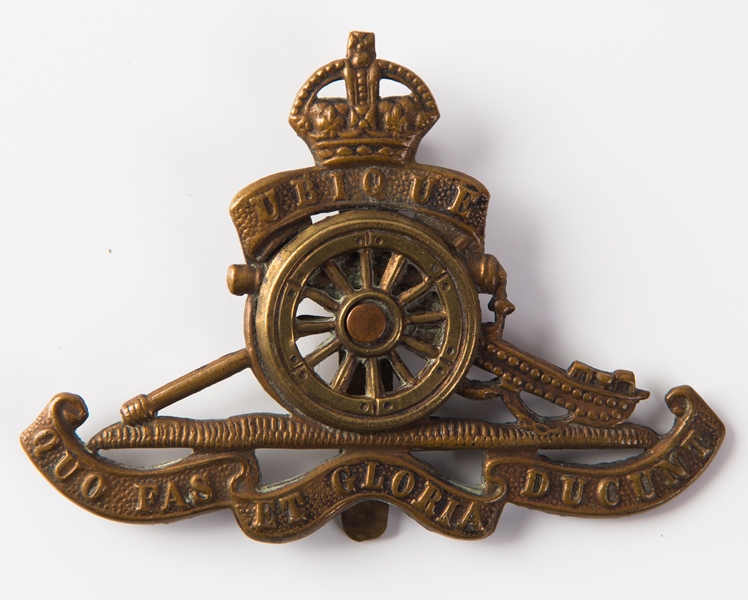Personal Details
Born: 8 September 1879 (1939 Register has date of birth as 28 September) in Louth, Lincolnshire and baptised 18 January 1885 at St Michael`s Parish Church, Louth.
Family: He was the fourth of eleven children born to Ephraim Wilson, a fishmonger, and his wife Anne. He married Margaret Ann Parsons on 24 March 1913 at St. Ann`s Croft Parish Church, Shrewsbury, Shropshire. The couple had two children, Muriel Doreen, born in 1914 and Gwendoline born in 1916.
Residence: In 1881 his family were living at 23 Mount Pleasant, Louth, Lincolnshire. By 1891 they had moved to Queen Street, Louth, where they continued to live until at least 1901. In 1911 Jesse was a boarder at 28 Park Road, Whitchurch, Shropshire. An address of 55 Green End, Whitchurch was given for him on the 1919 Absent Voters` List for Whitchurch. Twenty years later he and his wife were living at Lydford, Kingsway, Whitchurch. This continued to be his home until his death in 1948.
Employment: He was a hairdresser in 1901 and 1911; in 1939 he was a billiard hall proprietor.
Died: 5 September 1948 in Whitchurch, aged 68 and buried on 8 September in Whitchurch Cemetery.
Military Details
Regiment: Royal Garrison Artillery
Rank: Gunner
Service Number: 171053
Date of Enlistment: 8 December 1915
Date of Discharge: 21 February 1919
Reason for Discharge: Demobilisation
Jesse was awarded the Campaign Medals (British War Medal and Victory Medal).

The British War Medal (also known as 'Squeak') was a silver or bronze medal awarded to officers and men of the British and Imperial Forces who either entered a theatre of war or entered service overseas between 5th August 1914 and 11th November 1918 inclusive. This was later extended to services in Russia, Siberia and some other areas in 1919 and 1920. Approximately 6.5 million British War Medals were issued. Approximately 6.4 million of these were the silver versions of this medal. Around 110,000 of a bronze version were issued mainly to Chinese, Maltese and Indian Labour Corps. The front (obv or obverse) of the medal depicts the head of George V. The recipient's service number, rank, name and unit was impressed on the rim.
The Allied Victory Medal (also known as 'Wilfred') was issued by each of the allies. It was decided that each of the allies should each issue their own bronze victory medal with a similar design, similar equivalent wording and identical ribbon. The British medal was designed by W. McMillan. The front depicts a winged classical figure representing victory. Approximately 5.7 million victory medals were issued. Interestingly, eligibility for this medal was more restrictive and not everyone who received the British War Medal ('Squeak') also received the Victory Medal ('Wilfred'). However, in general, all recipients of 'Wilfred' also received 'Squeak' and all recipients of The 1914 Star or The 1914/1915 Star (also known as 'Pip') also received both 'Squeak' and 'Wilfred'. The recipient's service number, rank, name and unit was impressed on the rim.

